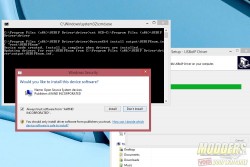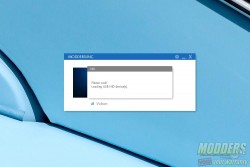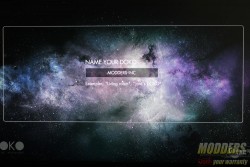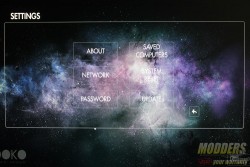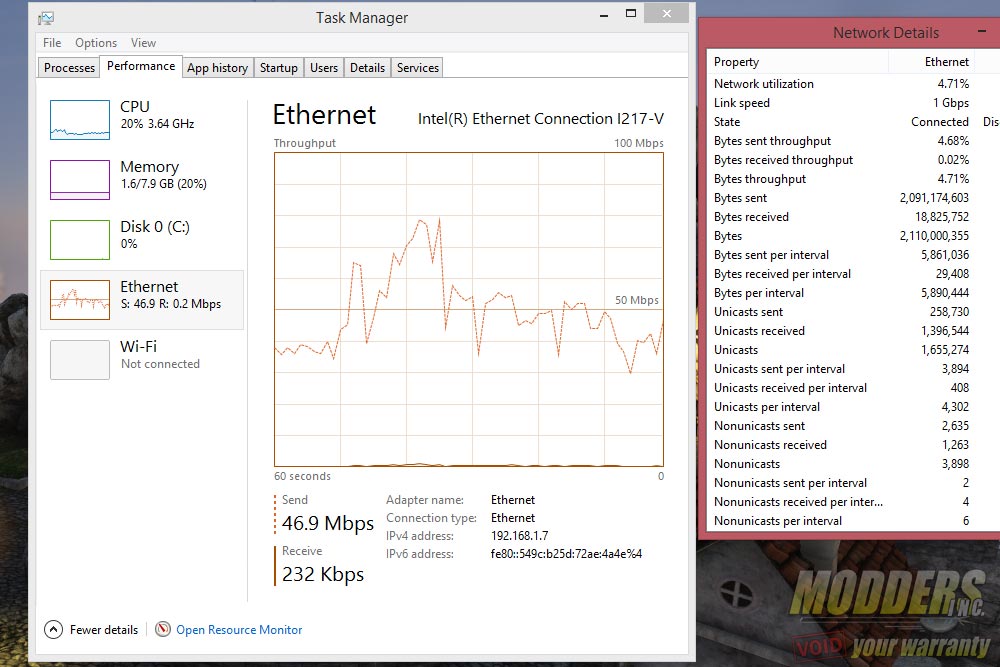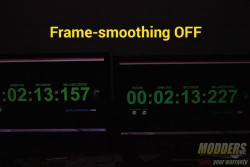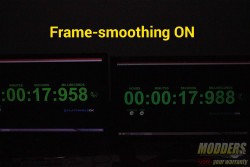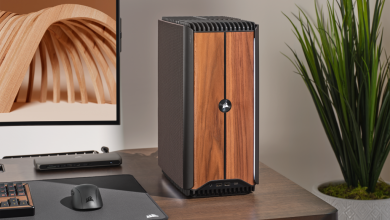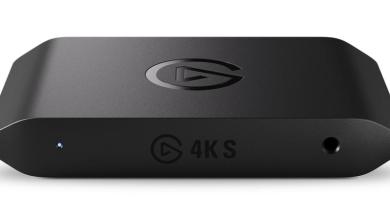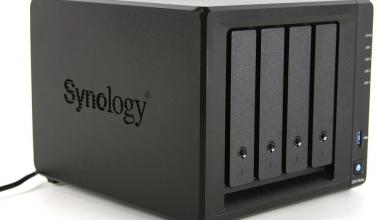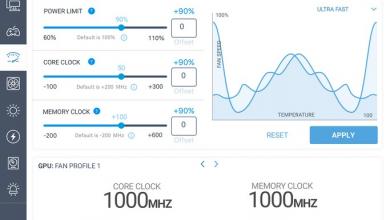NZXT Doko: Your PC Anywhere (Sort of…)
The DOKO Experience
Hardware is just one part of this streaming equation as NZXT’s sender software installed on at least one host PC is required. This software is available free for download from the NZXT DOKO product page and they have tapped MirrorOp for their Windows sender software for the DOKO’s mirroring capabilities. What sets the DOKO apart from other available and upcoming streaming devices is its USB over IP feature. This allows the DOKO to be able to use USB devices such as keyboard, mice and game controllers to be used as if it is plugged into the host system itself. Understandably, this has limitations such as the inability to access advanced mouse/keyboard features (via custom software) and other devices such as a laser printer for instance was detected but unable to receive a print command queued.
Resolution is limited to 1080p @ 30Hz, which makes it compatible to a wide range of displays but unfortunately limits framerate to 30 frames per second. For gaming, NZXT has thankfully been upfront regarding latencies that will prevent a competitive level of gaming experience to be a reality. This is partly why the DOKO only has Gigabit LAN support and has no built-in WiFi. Latency is really what the core issue of gaming on a stream device is, more so than framerate limitations. Gigabit LAN gives the DOKO headroom for when playing online games as the streaming traffic will use up a good chunk if it is just limited to 100Mb/s. What the user is seeing is a captured H.264 video of the host PC and thus, framerate will be constant. Latencies however prevent the experience from being completely smooth even if the frame rate is a constant 30 fps.
There is latency involved with the display, the input device, the rendering and the host PC’s speed. In an ideal setup, using two fast monitors with very low input lag set to game mode and directly connected via a dedicated home network (no Internet load on the router), measured framerate mirroring delay is almost non-existent after toggling the frame-smoothing option. See the images below with the Canon 60D DSLR camera shutter speed set at its highest at 1/8000 and shooting mode set to continuous. Measured delay is 30ms at most with frame-smoothing and 70ms without in this setup which is surprisingly good. This test setup is controlled however and real world usage will introduce much more latencies from wireless inputs, TV display lag, and home network traffic, especially if using a a wireless router as access point to plug-in the DOKO into.
What hampers the experience further and causes delays is the DOKO sender software itself. Its performance in games is inconsistent and has obvious buffering issues in certain games and software. Playing adventure games such as Batman Arkham Asylum for example, which normally would not require rapid inputs and thus would be ideal to play on the DOKO, was hampered by inconsistent framedrops experienced over the DOKO that were not experienced on the host PC. The silver-lining with this is that software and firmware can be updated to address issues.
At its core, the DOKO has the foundation of a presentation device rather than a game streaming unit. In that context, it is very reasonably priced and is a bargain compared to what other USB over IP units with mirroring capabilities are offering which cost upward of $500 for a four-port USBoverIP unit. USBoverIP units themselves are not cheap, with decent two-port ones selling for $60. The DOKO would fare well marketed as a business solution rather than as a dedicated game streaming unit. Compared to other game streaming devices, it currently stands square in the middle between proven effective game streaming devices but cost upwards of $300+ such as NVIDIA’s Shield and upcoming low-cost solutions such as Steam’s $49 stream box which will not arrive until November (while the DOKO has been available since January). The DOKO also presents another big advantage in that it can stream the entire desktop and not just limited to games available in Steam so you can also work on productivity related exercises on the connected device. The DOKO is also ready to work once out of the box and the software is installed, there are no complex settings to fidget with and it even comes with a password protection option. If looking for a PC streaming presentation solution with USB over IP function for school or business, the NZXT DOKO is easy to recommend especially considering the high cost of what is also out there in terms of business solutions. For a dedicated gaming stream device however, it is far from perfect and requires a lot of updates before it is ready for primetime.
[sc:recommended_hardware_award ]
[sc:sponsor sponsor=”NZXT” product_link=”http://doko.nzxt.com/” product_name=”DOKO PC Streaming Device” product_price_link=”http://amzn.to/1EbBwEu” product_price=”$99.99″ ]